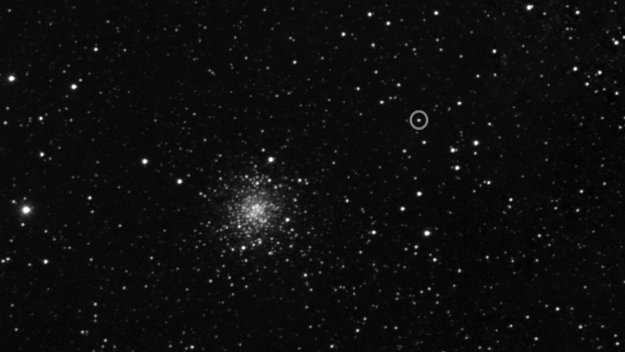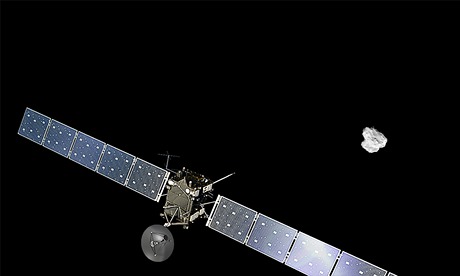Replies to post #216109 on Tornado Alley (PROG)









]And another first: April 2014 average CO2 value was 401.33, the first monthly average over #400ppm in human history. #globalwarming
— Keeling_Curve (@Keeling_curve) May 1, 2014





| Volume | |
| Day Range: | |
| Bid Price | |
| Ask Price | |
| Last Trade Time: |